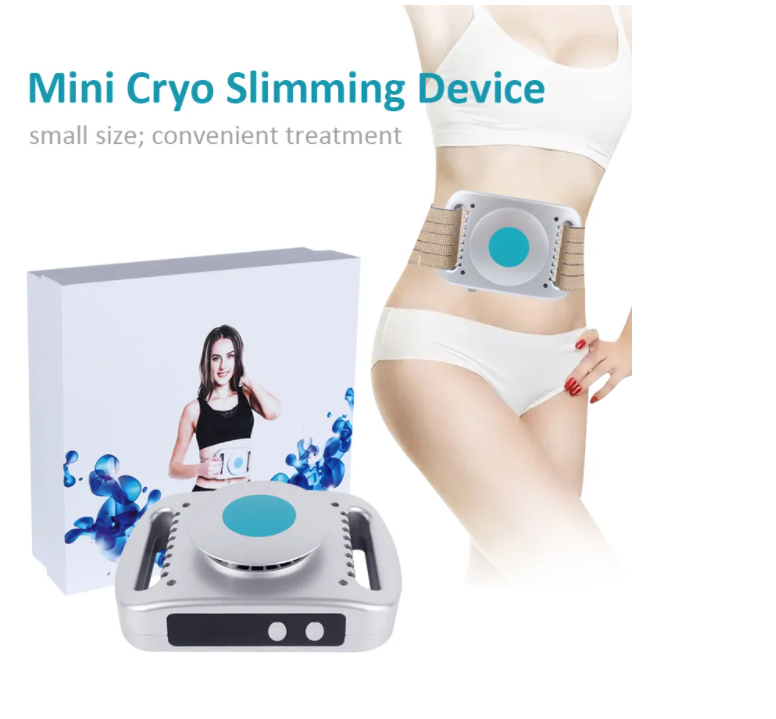
Cryolipolysis is a popular non-surgical fat reduction treatment that uses controlled cooling to freeze and destroy fat cells. The hottest topics surrounding cryolipolysis slimming machines include:
Crolipolysis slimming machine effectiveness:
Cryolipolysis slimming machines have been shown to be effective in reducing fat in the treated areas. The treatment works by targeting and freezing fat cells, which are then naturally eliminated by the body over time.
Numerous studies have shown that cryolipolysis can reduce fat in the treated areas by up to 25% after just one session. However, the results may vary depending on the individual’s body type, the size and location of the treatment area, and the number of sessions required to achieve the desired results.
It’s important to note that cryolipolysis is not a weight-loss solution and should not be used as a substitute for a healthy diet and regular exercise. Rather, it is a targeted fat reduction treatment that can help contour specific areas of the body and enhance the overall appearance.
Overall, cryolipolysis is considered to be a safe and effective non-surgical fat reduction treatment with minimal downtime and few side effects. However, as with any medical procedure, it’s important to consult with a qualified healthcare professional to determine if cryolipolysis is right for you and to discuss any potential risks or concerns.
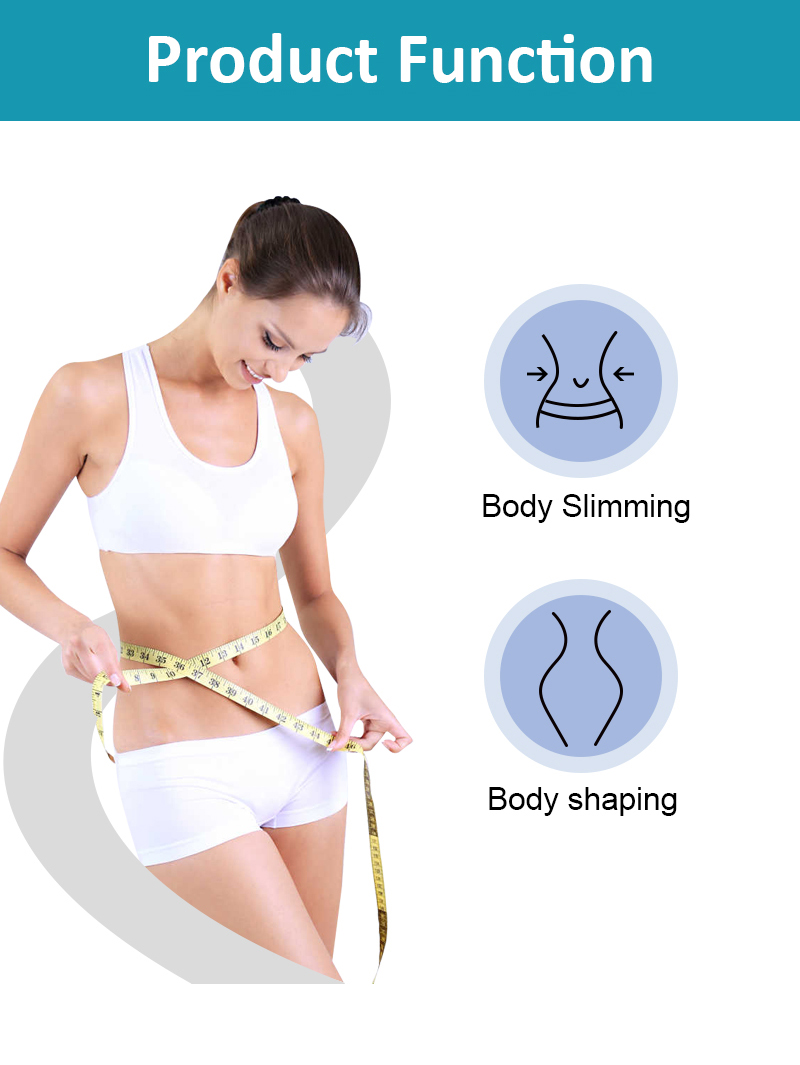
Cryolipolysis machine safety issues:
Cryolipolysis is generally considered a safe and non-invasive fat reduction treatment with few serious side effects. However, there are some potential safety issues to be aware of, including:
Skin Sensitivity: During the cryolipolysis treatment, the skin is exposed to very cold temperatures, which can cause temporary numbness, redness, or itching. In rare cases, skin sensitivity or sensitivity to the cold may persist for several weeks after the treatment.
Pain: Some people may experience mild to moderate pain during or after the cryolipolysis treatment, which can be managed with over-the-counter pain medication or other pain relief methods.
Bruising and Swelling: Bruising and swelling may occur in the treated area, especially if a larger applicator is used. These side effects are usually mild and temporary and will typically resolve on their own within a few days to a week.
Rare Complications: In rare cases, cryolipolysis can cause more serious complications, such as skin ulceration or scarring. These complications are very rare and can usually be avoided by choosing a qualified and experienced practitioner who follows proper safety protocols.
Contraindications: Cryolipolysis is not recommended for individuals with certain medical conditions, such as Raynaud’s disease or cold agglutinin disease, as well as those with a history of hernias, open wounds, or recent surgery in the treatment area.
Fat Freeze Machine Cost
The cost of a fat freeze machine, also known as a cryolipolysis machine, can vary widely depending on several factors, including the brand, the size and number of applicators, and any additional features or technology.
On average, a professional-grade fat freeze machine can cost anywhere from $5,000 to $15,000 or more. However, some machines can cost upwards of $20,000 or even $30,000 depending on the brand and features.
It’s important to keep in mind that the cost of a fat freeze machine is just one factor to consider when offering cryolipolysis treatments. Other costs to consider include training and certification for the practitioner, ongoing maintenance and upkeep of the machine, and any additional supplies or equipment needed for the treatment.
For individuals seeking cryolipolysis treatments, the cost per session can also vary widely depending on the size and location of the treatment area, the number of sessions required to achieve the desired results, and the geographic location of the treatment provider. On average, cryolipolysis treatments can cost anywhere from a few hundred to several thousand dollars per session.
As cryolipolysis is considered a cosmetic procedure, it is typically not covered by insurance, and patients should be prepared to pay out of pocket for the treatment.
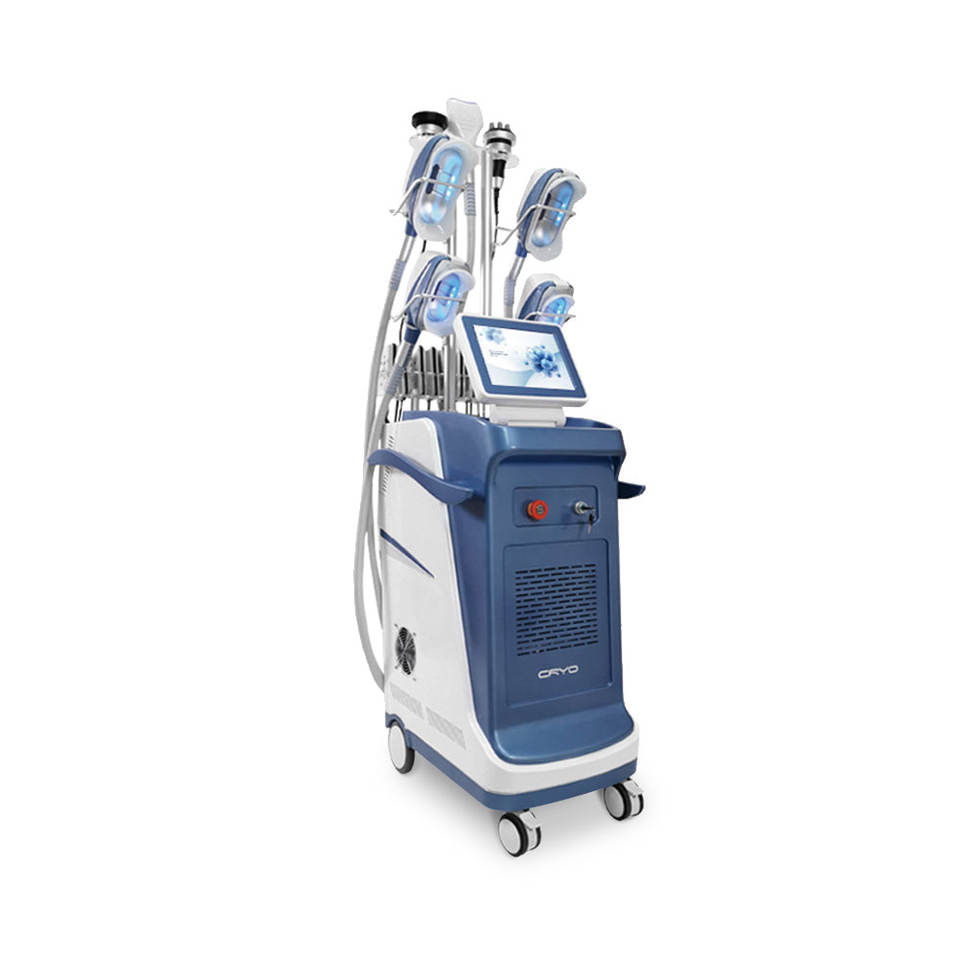
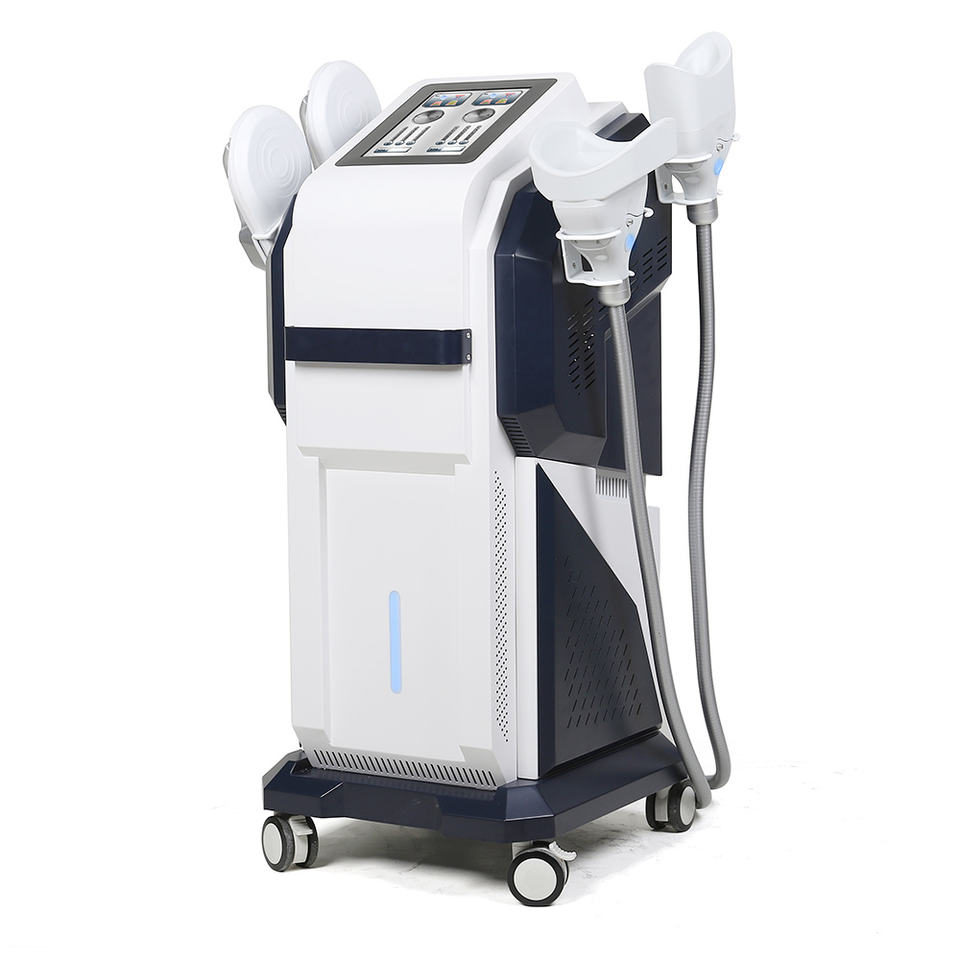
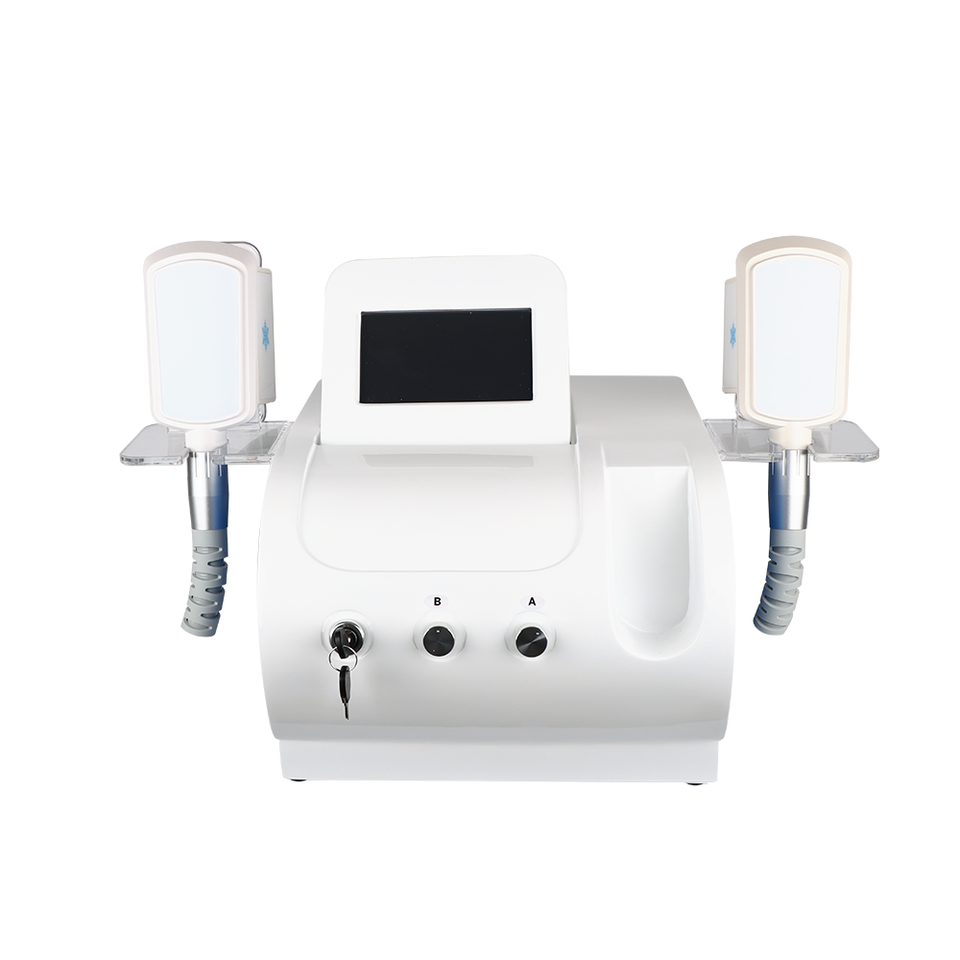
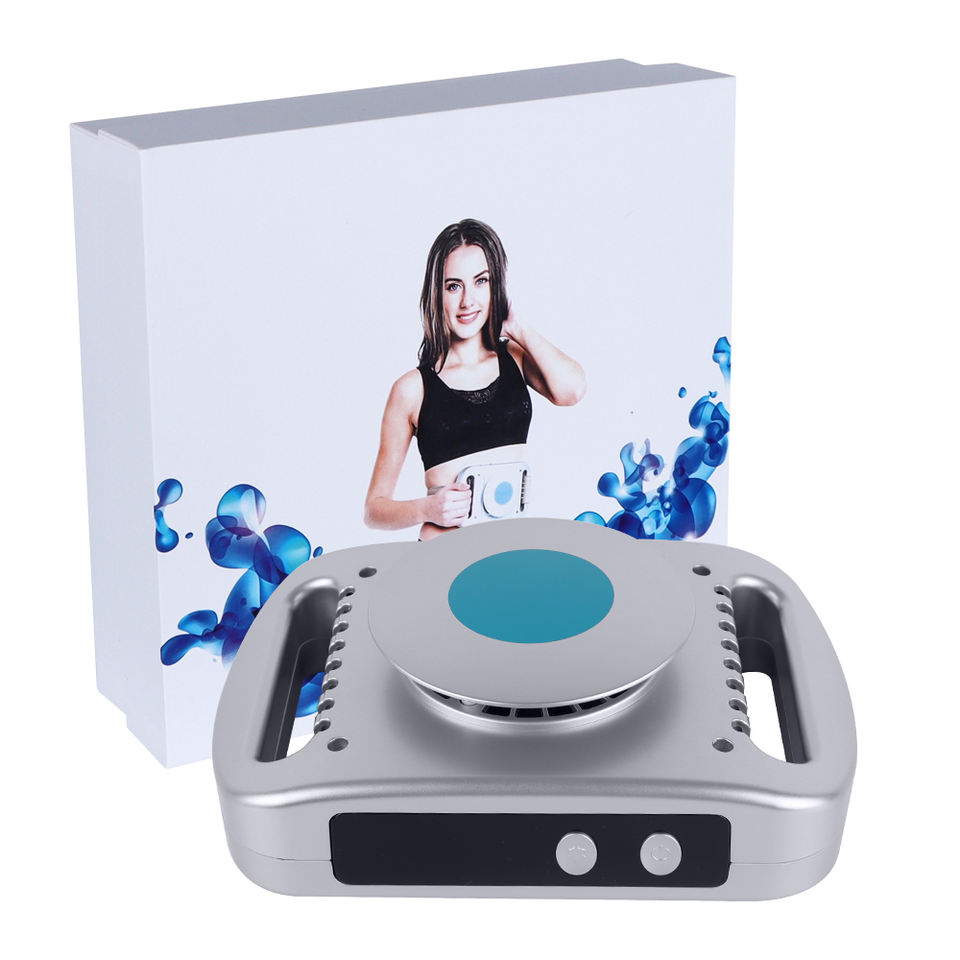
Fat freeze machine technology
Fat freeze machines use a technology called cryolipolysis to freeze and destroy fat cells in the treated area. Cryolipolysis is a non-invasive fat reduction technology that works by applying controlled cooling to the targeted area, which causes the fat cells to undergo a natural cell death process called apoptosis.
The technology works by using a specialized applicator that suctions the treatment area and delivers controlled cooling to the underlying fat cells. The cooling temperatures are low enough to selectively target and destroy fat cells while leaving the surrounding tissues unharmed.
Over time, the destroyed fat cells are naturally processed and eliminated by the body’s lymphatic system. The result is a gradual reduction in the thickness and volume of the treated area, leading to a more contoured and sculpted appearance.
Most modern fat freeze machines come with multiple applicators of different sizes and shapes, which allow for customizable and targeted treatments on different areas of the body, such as the abdomen, love handles, thighs, and arms.
Some newer fat freeze machines also incorporate additional technologies, such as vacuum therapy or radiofrequency, to enhance the fat reduction results or improve skin tone and texture in the treated area.
Overall, cryolipolysis technology has been shown to be a safe and effective non-surgical fat reduction option with minimal downtime and few side effects. However, as with any medical procedure, it’s important to consult with a qualified healthcare professional to determine if fat freeze treatment is right for you and to discuss any potential risks or concerns.
Comparisons to other fat reduction treatments
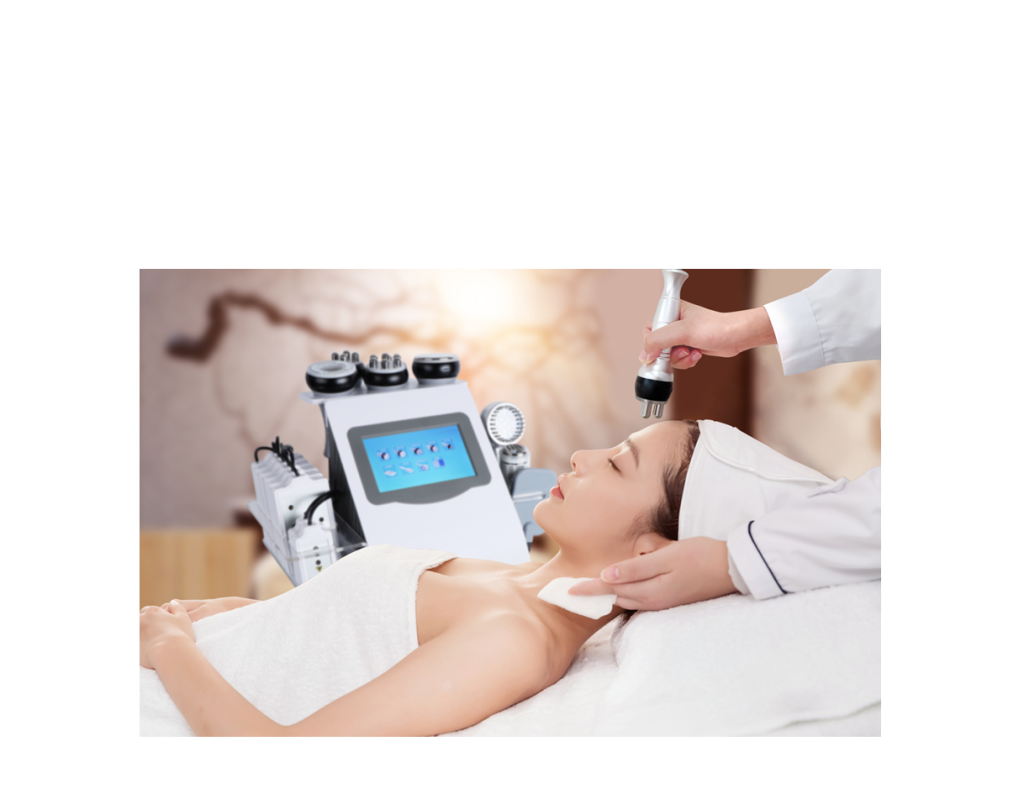

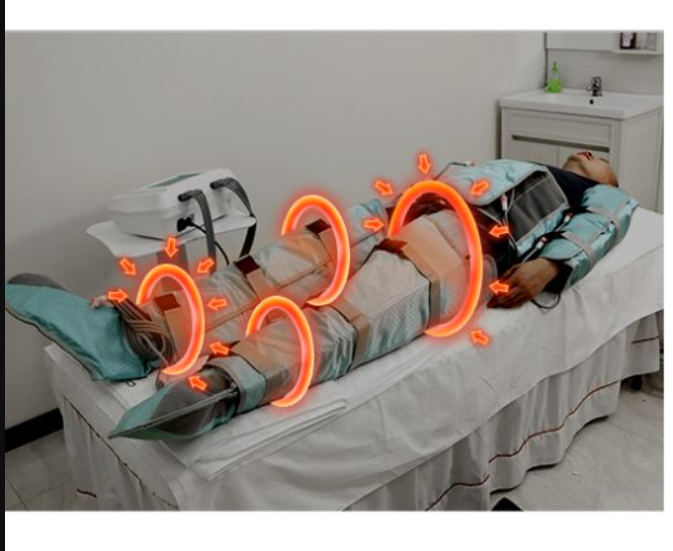
There are several other fat reduction treatments available on the market, and each has its own advantages and disadvantages compared to fat freeze machines. Here are some comparisons:
Liposuction: Liposuction is a surgical fat reduction procedure that involves making incisions and using a cannula to remove fat cells from the targeted area. While liposuction can achieve more significant and immediate fat reduction results, it is a more invasive procedure that involves some downtime and recovery. Liposuction may also be associated with more risks and complications than non-invasive fat reduction treatments.
Laser Lipolysis: Laser lipolysis uses laser energy to liquefy and remove fat cells from the body. While laser lipolysis is less invasive than liposuction, it may require multiple treatments to achieve the desired results, and the results may be less predictable than fat freeze machines. Laser lipolysis may also be associated with more discomfort and swelling than fat freeze treatments.
Radiofrequency (RF) treatments: RF treatments use radiofrequency energy to heat and destroy fat cells. RF treatments can be effective for skin tightening and smoothing in addition to fat reduction, but they may not be as effective at reducing fat as fat freeze machines. RF treatments may also require multiple treatments to achieve the desired results, and the results may be less predictable than fat freeze treatments.
Injection-based treatments: Injection-based fat reduction treatments, such as Kybella, involve injecting a chemical solution into the targeted area to dissolve and remove fat cells. While injection-based treatments can be effective for smaller areas of fat, they may not be as effective as fat freeze machines for larger areas of fat, and they may require multiple treatments to achieve the desired results.